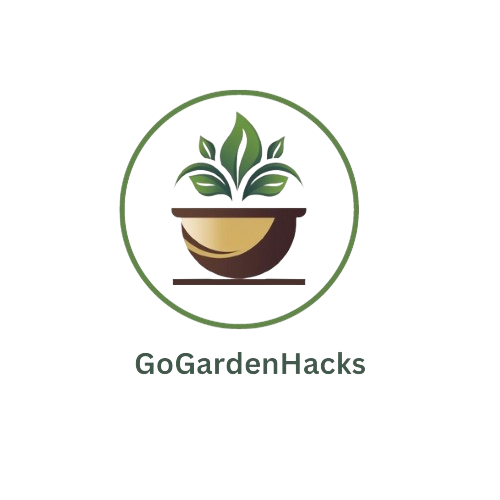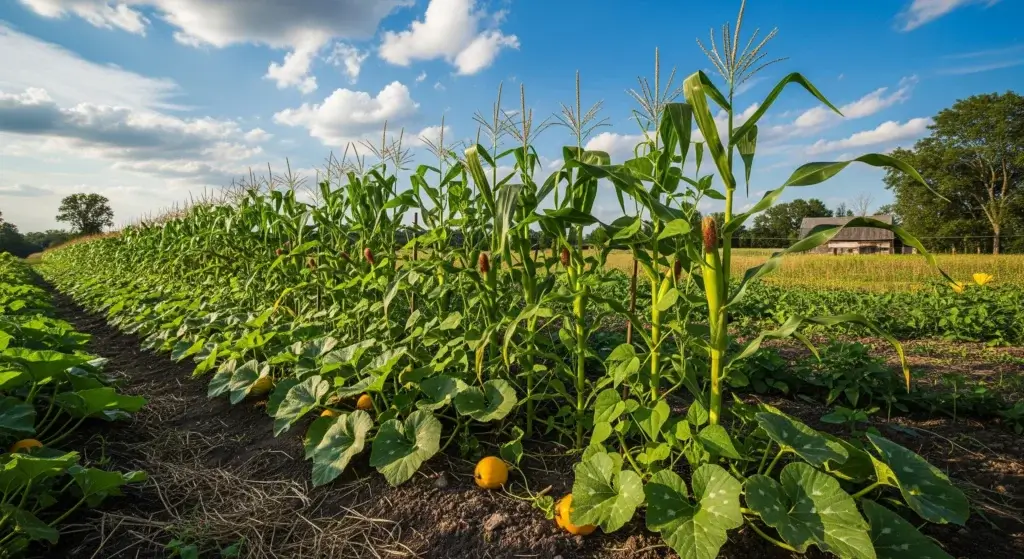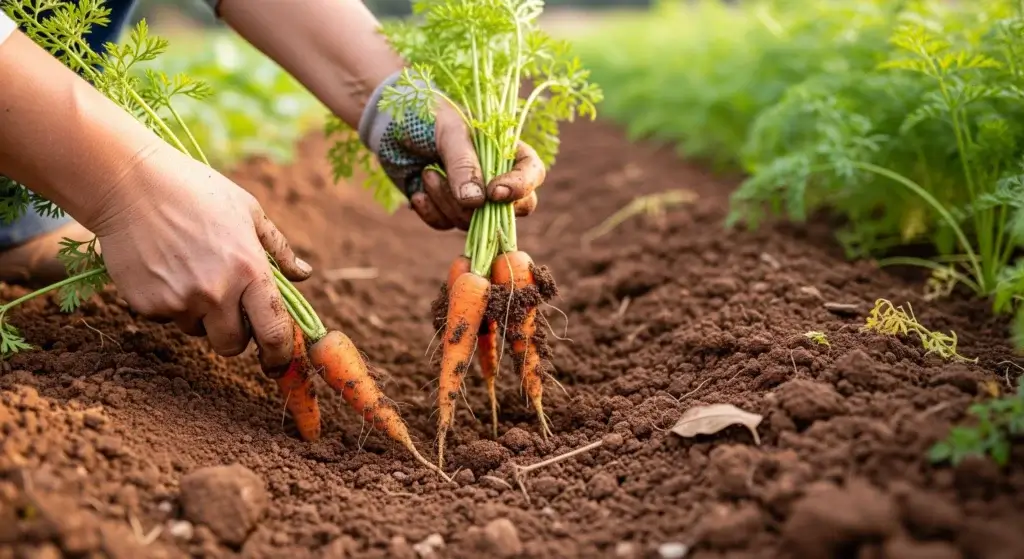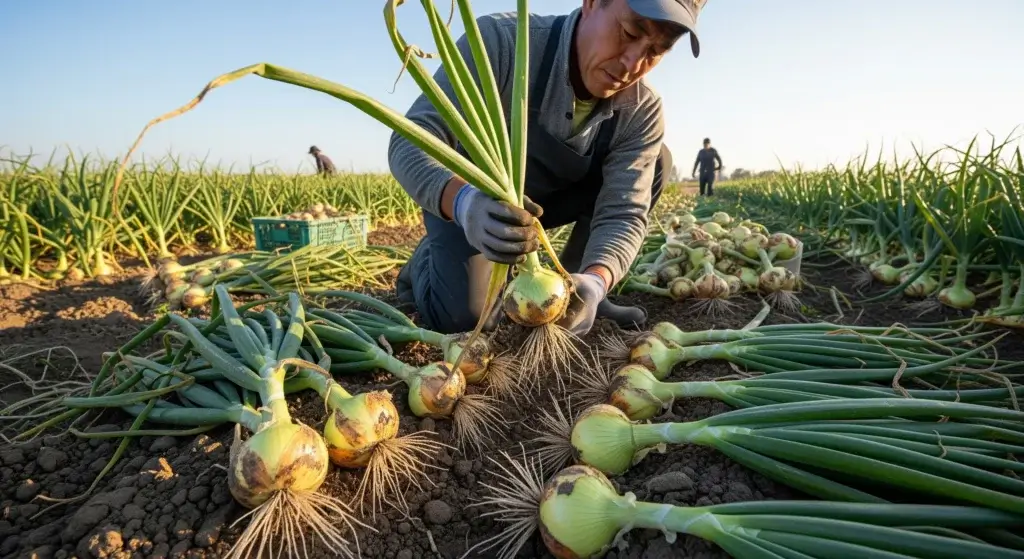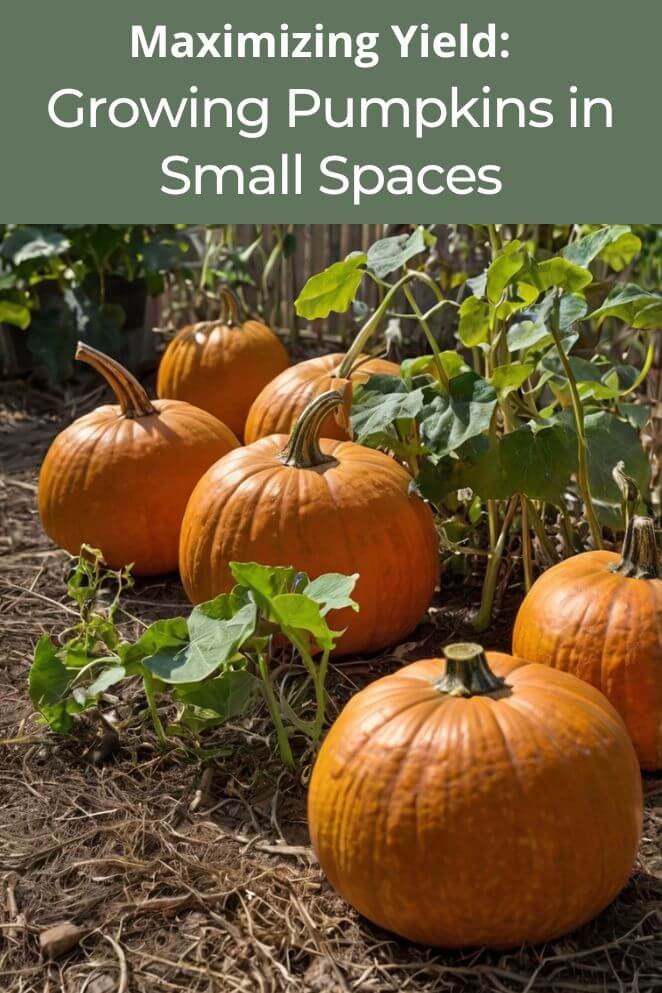
Pumpkins are a staple in fall decorations, cooking, and even gardening, but many people think they require acres of space to grow.
That’s not the case!
With the right approach, you can successfully grow pumpkins in small spaces, whether you have a tiny backyard, a balcony, or even a rooftop garden.
In this guide, we’ll explore the best pumpkin varieties for compact areas, creative setups for your small-space pumpkin patch, and essential planting and care tips to ensure a thriving harvest.
Choosing the Right Pumpkin Variety
When growing pumpkins in small spaces, the variety you choose makes all the difference.
Opt for compact, bush-type, or dwarf varieties that don’t sprawl like traditional pumpkins.
Here are some excellent options:
Baby boo
If you’re looking for something unique, Baby Boo pumpkins are a great choice.
These tiny white pumpkins are not only beautiful but also space-friendly.
Their vines are much shorter than those of traditional pumpkins, making them an ideal option for small gardens or even containers.
Jack be little
Jack Be Little pumpkins are some of the most adorable mini pumpkins you can grow.
They’re small, round, and have a bright orange color that makes them perfect for fall decorations and crafting.
Small sugar
If you’re looking for a pumpkin variety that’s not just decorative but also practical for cooking and baking, Small Sugar pumpkins are a fantastic option.
These pumpkins have a manageable vine size and produce fruits that are about 6-7 inches in diameter—perfect for pies, soups, and other pumpkin-based dishes.
Wee-b-little
As the name suggests, Wee-B-Little pumpkins are incredibly small but pack a lot of charm.
These mini pumpkins are perfect for container gardening, requiring very little space while still producing adorable fruits.
Patty pan
While Patty Pan pumpkins are technically a type of summer squash, they make a great alternative for small-space gardening.
These pumpkins are small and round, with a unique shape that is often described as star-shaped or scalloped.

Setting Up Your Small-Space Pumpkin Patch
Creating a suitable growing environment is key to success when you’re working with limited space.
Here are a few techniques to make the most of your area:
Container gardening
If you’re limited on ground space, container gardening is a great option for growing pumpkins.
Choose large containers, ideally 10 to 15 gallons in size, to give your pumpkins plenty of room to grow.
Be sure the containers have proper drainage to avoid waterlogging, which can harm the plants.
For the best results, use a high-quality, well-draining potting mix, and consider mixing in some compost to provide extra nutrients.
Containers also give you flexibility, allowing you to move the pumpkins to a sunny spot for optimal growth.
Raised beds
Raised beds are an excellent choice for small-space gardening because they help improve soil quality and make it easier to manage your plants.
Build raised beds that are at least 12 to 18 inches deep to provide enough room for the pumpkin vines to grow.
Make sure the beds are wide enough to accommodate bush-type pumpkin varieties, which are more compact and grow well in smaller spaces.
Raised beds also warm up more quickly in the spring and offer better drainage, so your pumpkins will thrive.
Vertical gardening (trellising)
One of the best ways to save space is by using vertical gardening techniques.
By training your pumpkin vines to grow upward on a sturdy trellis or fence, you can free up space on the ground for other plants.
As the pumpkins start to grow, use slings, nets, or other supports to hold up the fruit and prevent it from falling off prematurely.
This technique is especially useful for smaller, compact pumpkin varieties, as it allows you to maximize vertical space without sacrificing your pumpkin harvest.
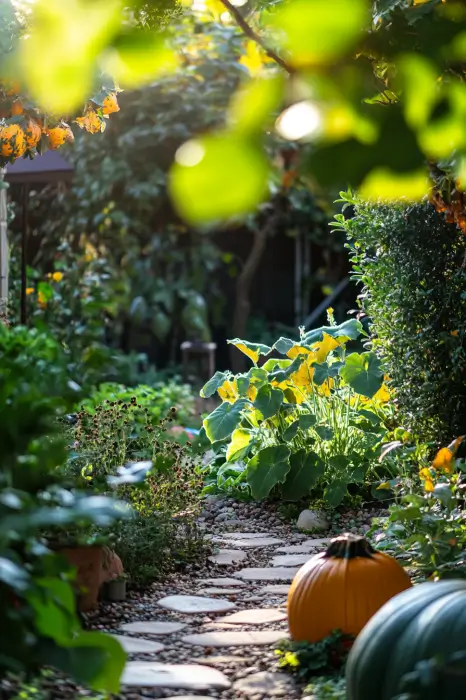
Planting and Care
Proper planting and maintenance are crucial for growing pumpkins in small spaces.
Let’s break it down:
Starting seeds
Timing
Start your pumpkin seeds indoors 2 to 3 weeks before the last frost date, so they have a good head start before being transplanted outdoors.
If you prefer, you can sow the seeds directly into the soil once the temperature is consistently above 70°F.
Depth
Plant your seeds about 1 inch deep in the soil.
This is the ideal depth for them to take root and begin growing.
Spacing
If you’re using containers or raised beds, make sure to space your plants about 2 to 3 feet apart.
This prevents overcrowding and gives each pumpkin plant room to grow.
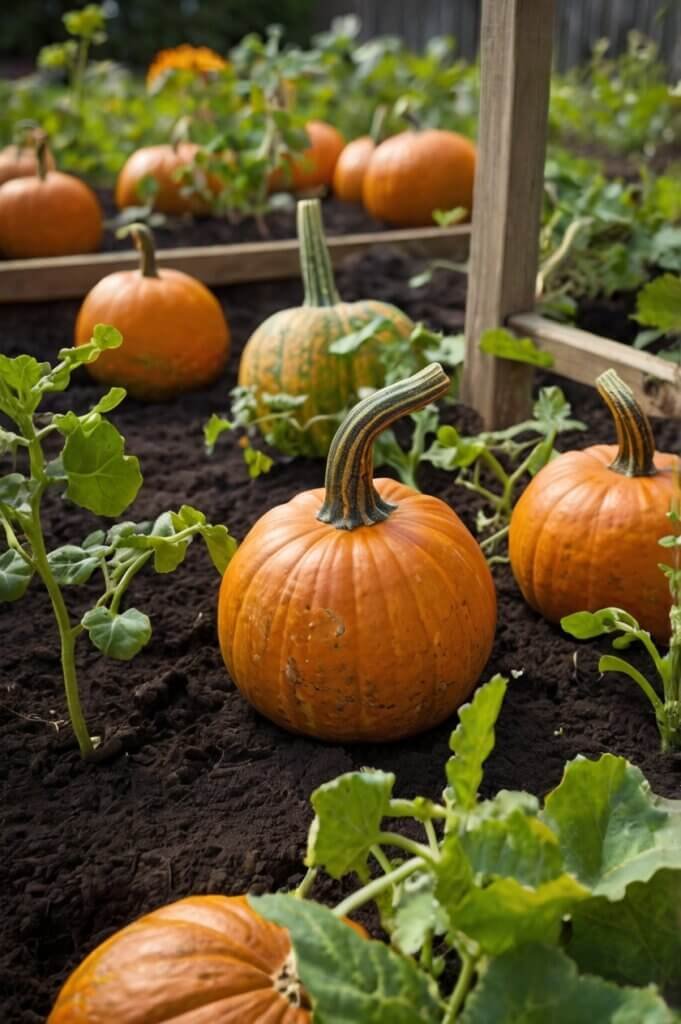
Watering and fertilizing
Watering
Pumpkins need consistent moisture, especially when they’re flowering and fruiting.
Water deeply at least once a week, ensuring that the soil is moist but not soggy.
It’s important to water thoroughly so the roots can reach the moisture deeper in the soil.
Fertilizing
During the early stages of growth, use a balanced fertilizer that provides a mix of nutrients.
Once the flowers appear, switch to a fertilizer higher in phosphorus and potassium.
These nutrients promote flower production and fruit development, helping your pumpkins grow big and healthy.
Pollination
Pumpkins rely on pollinators like bees to help them produce fruit.
In small spaces, where pollinators might be less abundant, you can help by hand-pollinating.
Simply transfer pollen from the male flowers (the ones with a thin stem) to the female flowers (the ones with a small fruit at the base) using a small brush or cotton swab.
This will ensure your pumpkins are pollinated and can start growing.
Pest and disease control
Common pests
Watch out for pests like squash bugs, cucumber beetles, and aphids.
If you spot any, treat your plants with organic insecticidal soap or neem oil.
These natural products are effective and safe for your plants.
Diseases
Prevent fungal diseases like powdery mildew by making sure your plants have good air circulation.
Avoid watering from above to keep the leaves dry, as wet leaves are more prone to disease.
Using disease-resistant varieties can also help prevent these issues.
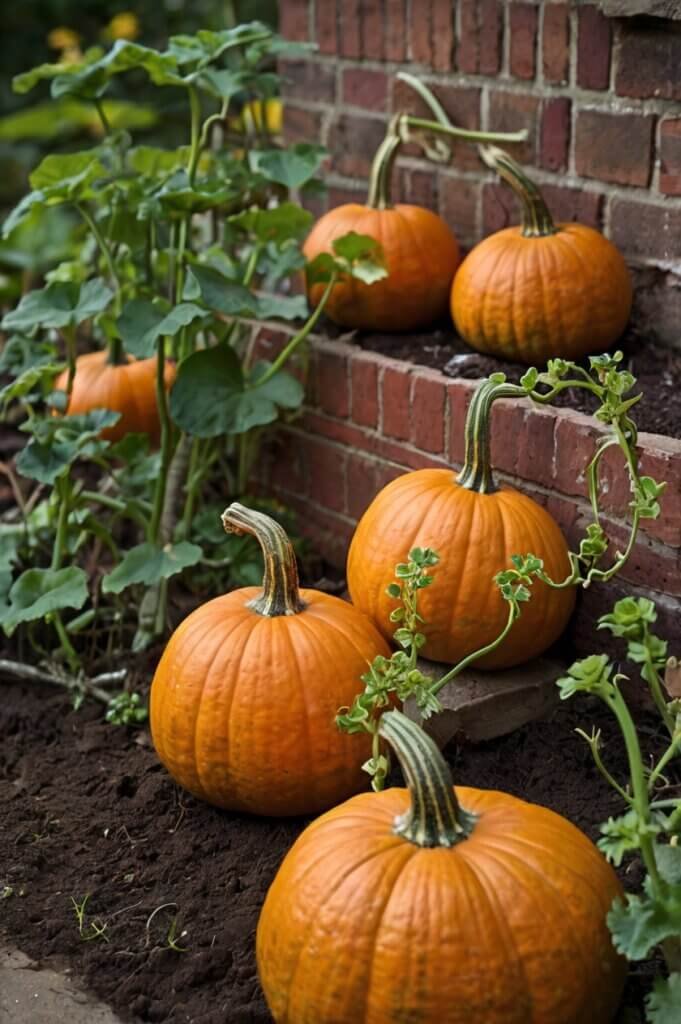
Final Thoughts
Growing pumpkins in small spaces is not only possible but also incredibly rewarding.
By choosing compact varieties, setting up a space-efficient growing area, and giving your plants proper care, you can enjoy homegrown pumpkins even without a sprawling garden.
Whether you’re decorating your porch with mini pumpkins or baking a pie with your harvest, the effort is well worth it.
Remember, gardening is a journey.
Experiment with different varieties and techniques to find what works best for your unique space.
